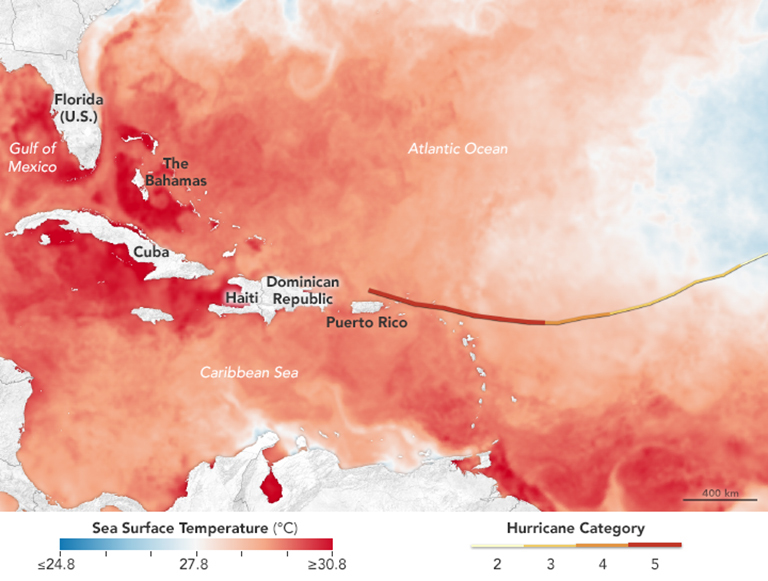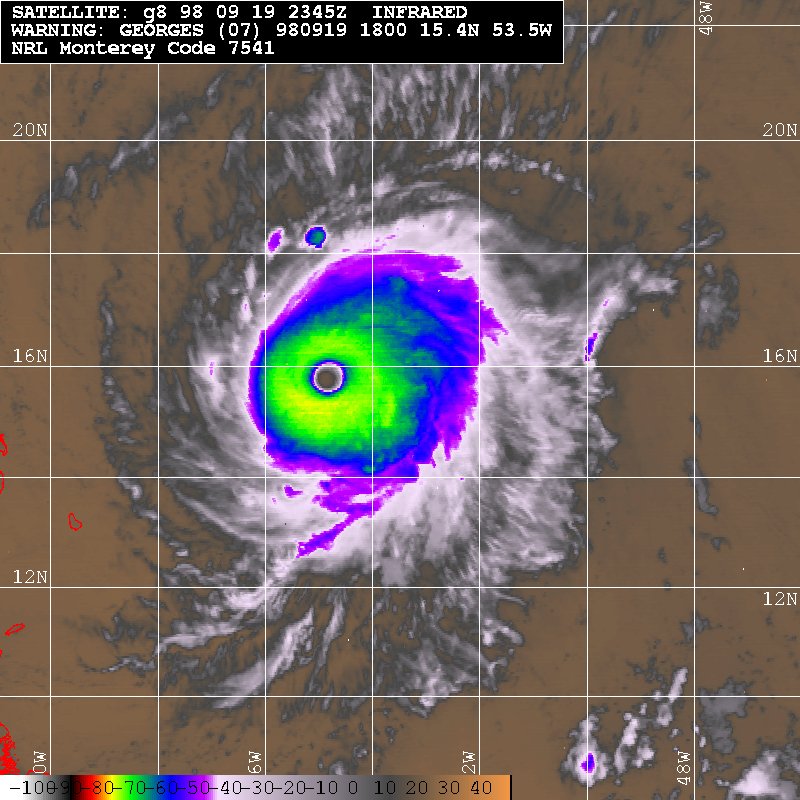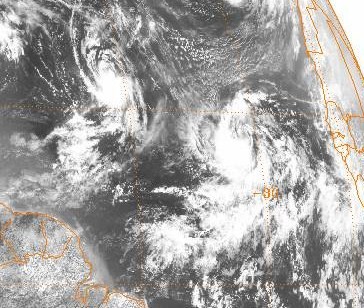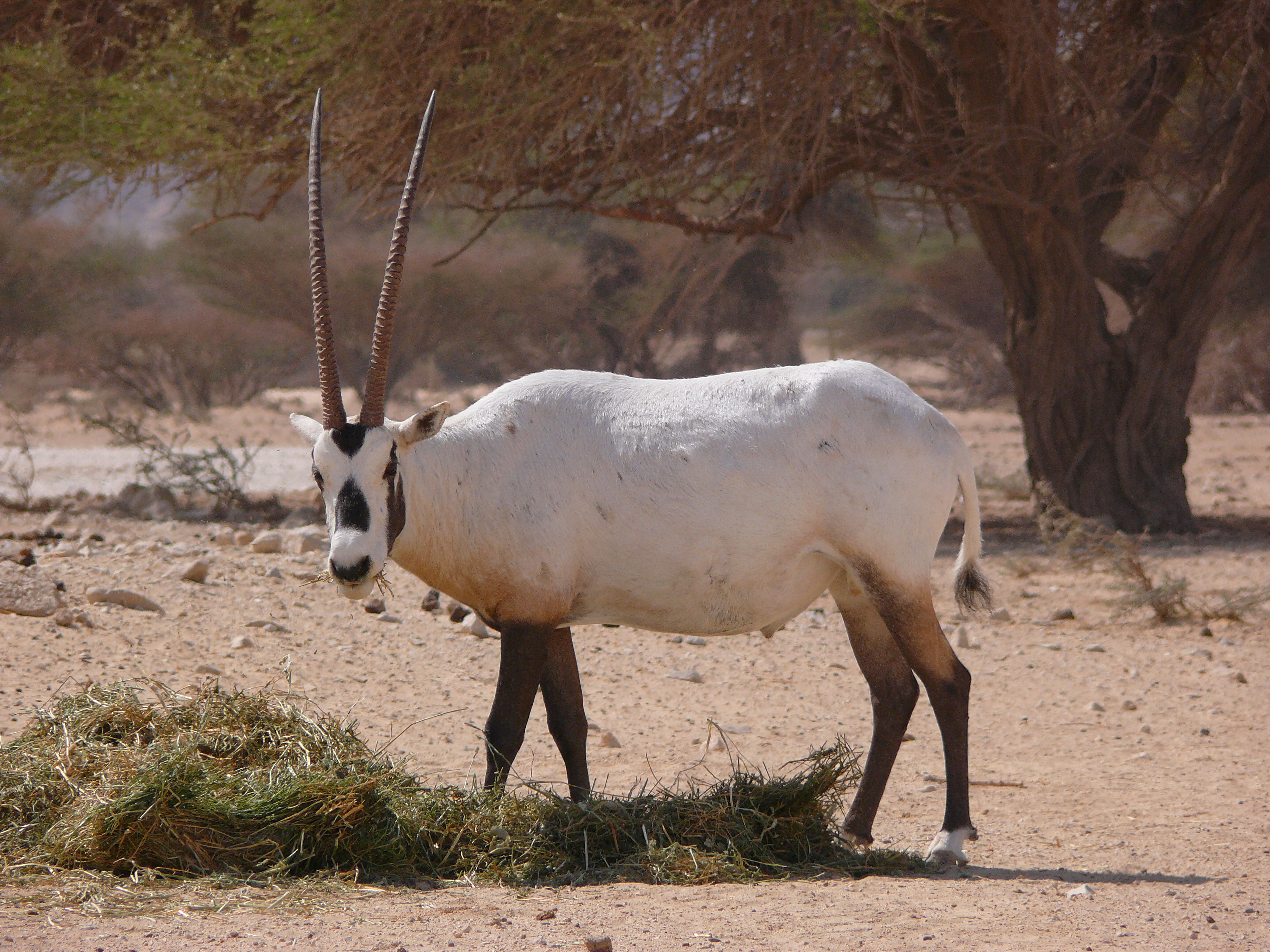|
Alsophis Antiguae
The Antiguan racer (''Alsophis antiguae'') is a harmless rear-fanged (opisthoglyphous) grey-brown snake that was until recently found only on Great Bird Island off the coast of Antigua, in the eastern Caribbean. It is among the rarest snakes in the world. However, in the last 20 years, conservation efforts have boosted numbers from an estimated 50 to over 1,100 individuals by eradicating non-native predators and reintroducing the snake to other Antiguan islands in its original range. In addition to Great Bird Island, the Antiguan racer has successfully recolonised the nearby Rabbit Island, Green Island, and York Island. Taxonomy The Antiguan racer is a snake that belongs to the family Dipsadinae, which includes about half of the world's known snake species. It belongs to the genus ''Alsophis'', which contains several species of West Indian racers. Many West Indian racers are threatened or extinct. Description This racer exhibits sexual dimorphism. The adult racer is typically ... [...More Info...] [...Related Items...] OR: [Wikipedia] [Google] [Baidu] |
Hampton Wildman Parker
Hampton Wildman Parker (5 July 1897 – 2 September 1968) was an English zoologist. Parker was Keeper of Zoology at the Natural History Museum from 1947 to 1957. He is the author of several works on snakes and frogs: Parker discovered a new species of lizard on the Seychelles, which he described and named Vesey-Fitzgerald's burrowing skink (''Janetaescincus veseyfitzgeraldi'' ) after entomologist Leslie Desmond Foster Vesey-Fitzgerald. __NOTOC__ Books by H.W. Parker *1934. ''A Monograph of the Frogs of the Family Microhylidae''. London: Trustees of the British Museum (Natural History). *1963. ''Snakes''. London: Hale. *1965. ''Natural History of Snakes''. London: Trustees of the British Museum (Natural History). *1977. ''Snakes, a Natural History''. University of Queensland Press. Eponyms Parker is honored in the specific names of the following reptiles: '' Cercosaura parkeri'', '' Chamaelycus parkeri'', '' Emoia parkeri'', '' Myriopholis parkeri'', ''Phelsuma parkeri'', '' Pra ... [...More Info...] [...Related Items...] OR: [Wikipedia] [Google] [Baidu] |
Antiguan Ground Lizard
Griswold's ameiva (''Pholidoscelis griswoldi'') is a species of lizard in the family Teiidae. The species is endemic to Antigua and Barbuda, where it is found on both islands. It is also known as the Antiguan ameiva or the Antiguan ground lizard. Etymology The specific name, ''griswoldi'', is in honor of Dr. Donald W. Griswold who was Director of the Rockefeller West Indian Hookworm Commission.Beolens, Bo; Watkins, Michael; Grayson, Michael (2011). ''The Eponym Dictionary of Reptiles''. Baltimore: Johns Hopkins University Press. xiii + 296 pp. . (''Ameiva griswoldi'', p. 109). Geographic range ''P. griswoldi'' is common on Barbuda, and more common on the offshore islands of Antigua than on that main island. Description Populations of ''P. griswoldi'' on Barbuda are dark brown with irregular, cream-colored splotches. The flanks are pale blue-green and tan, with black spots and markings. The ventral surface is gray with black on its chest. See also *Antigua and Barbuda * Antigu ... [...More Info...] [...Related Items...] OR: [Wikipedia] [Google] [Baidu] |
Snakes Of The Caribbean
Snakes are elongated, limbless, carnivorous reptiles of the suborder Serpentes . Like all other squamates, snakes are ectothermic, amniote vertebrates covered in overlapping scales. Many species of snakes have skulls with several more joints than their lizard ancestors, enabling them to swallow prey much larger than their heads (cranial kinesis). To accommodate their narrow bodies, snakes' paired organs (such as kidneys) appear one in front of the other instead of side by side, and most have only one functional lung. Some species retain a pelvic girdle with a pair of vestigial claws on either side of the cloaca. Lizards have evolved elongate bodies without limbs or with greatly reduced limbs about twenty-five times independently via convergent evolution, leading to many lineages of legless lizards. These resemble snakes, but several common groups of legless lizards have eyelids and external ears, which snakes lack, although this rule is not universal (see Amphisbaenia, Dibamida ... [...More Info...] [...Related Items...] OR: [Wikipedia] [Google] [Baidu] |
Hurricane Irma
Hurricane Irma was an extremely powerful Cape Verde hurricane that caused widespread destruction across its path in September 2017. Irma was the first Category 5 hurricane to strike the Leeward Islands on record, followed by Maria two weeks later. At the time, it was considered as the most powerful hurricane on record in the open Atlantic region, outside of the Caribbean Sea and Gulf of Mexico until it was surpassed by Hurricane Dorian two years later. It was also the third strongest Atlantic hurricane at landfall ever recorded, just behind the 1935 Labor Day Hurricane and Dorian. The ninth named storm, fourth hurricane, second major hurricane, and first Category 5 hurricane of the 2017 season, Irma caused widespread and catastrophic damage throughout its long lifetime, particularly in the northeastern Caribbean and the Florida Keys. It was also the most intense hurricane to strike the continental United States since Katrina in 2005, the first major hurrican ... [...More Info...] [...Related Items...] OR: [Wikipedia] [Google] [Baidu] |
Hurricane Georges
Hurricane Georges () was a powerful and long-lived Cape Verde Category 4 hurricane which caused severe destruction as it traversed the Caribbean and Gulf of Mexico in September 1998, making eight landfalls along its path. Georges was the seventh tropical storm, fourth hurricane, and second major hurricane of the 1998 Atlantic hurricane season. It became the most destructive storm of the season, the costliest Atlantic hurricane since Hurricane Andrew in 1992 and remained the costliest until Hurricane Charley in 2004, and the deadliest since Hurricane Gordon in 1994. Georges killed 604 people, mainly on the island of Hispaniola, caused extensive damage resulting at just under $10 billion (1998 US dollars) in damages and leaving nearly neatly 500,000 homeless in St. Kitts and Nevis, Puerto Rico, Hispaniola and Cuba. The hurricane made landfall in at least six countries (Antigua and Barbuda, St. Kitts and Nevis, Haiti, the Dominican Republic, Cuba, and the United State ... [...More Info...] [...Related Items...] OR: [Wikipedia] [Google] [Baidu] |
Hurricane Luis
Hurricane Luis was a long lived and powerful Category 4 hurricane. It was the strongest hurricane to make landfall and the third-most intense hurricane recorded during the 1995 Atlantic hurricane season. The storm, along with Humberto, Iris, and Karen, was one of four simultaneous tropical systems in the Atlantic basin. Luis caused very extensive damage to Antigua, St. Barthelemy, the island of St. Martin and Anguilla as it affected Bermuda. The storm accounted for 19 confirmed deaths, left nearly 20,000 homeless (mostly in Anguilla, Barbuda, and St. Martin), and affected more than 70,000 people. Total damage was estimated at $3.3 billion (1995 USD) across the affected areas. Earlier Category 4 storms that impacted the Leeward Islands in the 20th century include Hurricane Dog in 1950, Hurricane Donna in 1960, Hurricane David in 1979, and Hurricane Hugo in 1989. Luis was the second of three tropical cyclones to affect Guadeloupe in a short period; Hurricane Iris had ... [...More Info...] [...Related Items...] OR: [Wikipedia] [Google] [Baidu] |
Mite
Mites are small arachnids (eight-legged arthropods). Mites span two large orders of arachnids, the Acariformes and the Parasitiformes, which were historically grouped together in the subclass Acari, but genetic analysis does not show clear evidence of a close relationship. Most mites are tiny, less than in length, and have a simple, unsegmented body plan. The small size of most species makes them easily overlooked; some species live in water, many live in soil as decomposers, others live on plants, sometimes creating galls, while others again are Predation, predators or Parasitism, parasites. This last type includes the commercially destructive ''Varroa'' parasite of honey bees, as well as scabies mites of humans. Most species are harmless to humans, but a few are associated with allergies or may transmit diseases. The scientific discipline devoted to the study of mites is called acarology. Evolution and taxonomy The mites are not a defined taxon, but is used for two disti ... [...More Info...] [...Related Items...] OR: [Wikipedia] [Google] [Baidu] |
Durrell Wildlife Park
Jersey Zoo (formerly Durrell Wildlife Park) is a zoological park established in 1959 on the island of Jersey in the English Channel by naturalist and writer Gerald Durrell (1925–1995). It is operated by the Durrell Wildlife Conservation Trust. It has approximately 169,000 visitors per year; visitor numbers tend to vary with the tourist trade to Jersey. Jersey Zoo has always concentrated on rare and endangered species. It has mammals, birds, amphibians and reptiles, comprising over 130 species. Since 1964, the zoo has been home to the Durrell Wildlife Conservation Trust (formerly the ''Jersey Wildlife Preservation Trust''). Overview The park is located at Les Augrès Manor, Trinity, Jersey, north of Saint Helier. It officially opened on 26 March 1959. The park is situated in of landscaped parkland and water-gardens. The Trust has a strong commitment to looking after the Island's native wildlife, and large areas within the grounds have been designated native habitat areas ... [...More Info...] [...Related Items...] OR: [Wikipedia] [Google] [Baidu] |
Fauna & Flora International
Fauna & Flora International (FFI) is an international conservation charity and non-governmental organization dedicated to protecting the planet's threatened wildlife and habitats. Founded in 1903, it is the world's oldest international conservation organisation. The logo of the society is the Arabian oryx, after the successful Operation Oryx, a flagship captive breeding and reintroduction project undertaken by the society. Founded as the Society for the Preservation of the Wild Fauna of the Empire, the society created some of the first game reserves and captive breeding programmes during the 20th century. Having since gone through several name and approach changes, FFI today coordinates conservation programmes in around 40 countries, working through local partnerships and with more focus on capacity building, community-based approaches and marine conservation than its previous iterations. The society's peer-reviewed scientific journal, now known as ''Oryx'', has been publishin ... [...More Info...] [...Related Items...] OR: [Wikipedia] [Google] [Baidu] |
Nocturnal
Nocturnality is an animal behavior characterized by being active during the night and sleeping during the day. The common adjective is "nocturnal", versus diurnal meaning the opposite. Nocturnal creatures generally have highly developed senses of hearing, smell, and specially adapted eyesight. Some animals, such as cats and ferrets, have eyes that can adapt to both low-level and bright day levels of illumination (see metaturnal). Others, such as bushbabies and (some) bats, can function only at night. Many nocturnal creatures including tarsiers and some owls have large eyes in comparison with their body size to compensate for the lower light levels at night. More specifically, they have been found to have a larger cornea relative to their eye size than diurnal creatures to increase their : in the low-light conditions. Nocturnality helps wasps, such as ''Apoica flavissima'', avoid hunting in intense sunlight. Diurnal animals, including squirrels and songbirds, are active du ... [...More Info...] [...Related Items...] OR: [Wikipedia] [Google] [Baidu] |
Black Rat
The black rat (''Rattus rattus''), also known as the roof rat, ship rat, or house rat, is a common long-tailed rodent of the stereotypical rat genus ''Rattus'', in the subfamily Murinae. It likely originated in the Indian subcontinent, but is now found worldwide. The black rat is black to light brown in colour with a lighter underside. It is a generalist omnivore and a serious pest to farmers because it feeds on a wide range of agricultural crops. It is sometimes kept as a pet. In parts of India, it is considered sacred and respected in the Karni Mata Temple in Deshnoke. Taxonomy ''Mus rattus'' was the scientific name proposed by Carl Linnaeus in 1758 for the black rat. Three subspecies were once recognized, but today are considered invalid and are now known to be actually color morphs: *''Rattus rattus rattus'' – roof rat *''Rattus rattus alexandrinus'' – Alexandrine rat *''Rattus rattus frugivorus'' – fruit rat Characteristics A typical adult black rat is long, n ... [...More Info...] [...Related Items...] OR: [Wikipedia] [Google] [Baidu] |
Mongooses
A mongoose is a small terrestrial carnivorous mammal belonging to the family Herpestidae. This family is currently split into two subfamilies, the Herpestinae and the Mungotinae. The Herpestinae comprises 23 living species that are native to southern Europe, Africa and Asia, whereas the Mungotinae comprises 11 species native to Africa. The Herpestidae originated about in the Early Miocene and genetically diverged into two main genetic lineages between 19.1 and . Etymology The English word "mongoose" used to be spelled "mungoose" in the 18th and 19th centuries. The name is derived from names used in India for ''Herpestes'' species: or in classical Hindi; in Marathi; in Telugu; , and in Kannada. The form of the English name (since 1698) was altered to its "-goose" ending by folk etymology. The plural form is "mongooses". Characteristics Mongooses have long faces and bodies, small, rounded ears, short legs, and long, tapering tails. Most are brindled or grizzly; a few h ... [...More Info...] [...Related Items...] OR: [Wikipedia] [Google] [Baidu] |



_Lorryia_formosa_2_edit.jpg)




